A UFSC (Federal University of Santa Catarina) andis developing an unprecedented project. It involves the construction of the first laboratory with full photovoltaic integration of the type BIPV (Building-Integrated Photovoltaic System). The project, which is being built on the campus of the educational institution in Santa Catarina, is scheduled for delivery in February 2023.
Through PADIS (Support Program for Technological Development of the Semiconductor Industry), the BYD will support the construction of the space and in the supply of photovoltaic modules.
The work will use a total of 360 panels, delivered at the beginning of this month, of 450 W and 530 W. The latter, with a transparent backsheet, will be applied specifically to the roof, depending on the inclination and positioning, for greater energy generation. The 450 W modules will be used on the side facades of the laboratory facilities.
“Solar energy is expected to grow by 60% in 2022, consolidating itself as the second source of energy in Brazil. And we will increasingly see solutions that can greatly expand the use of this energy source as a constructive element in buildings. Hence the importance of continuing to research projects and programs like this, to continue expanding the use of this technology”, stated Adalberto Maluf, Director of Communications at BYD Brasil.
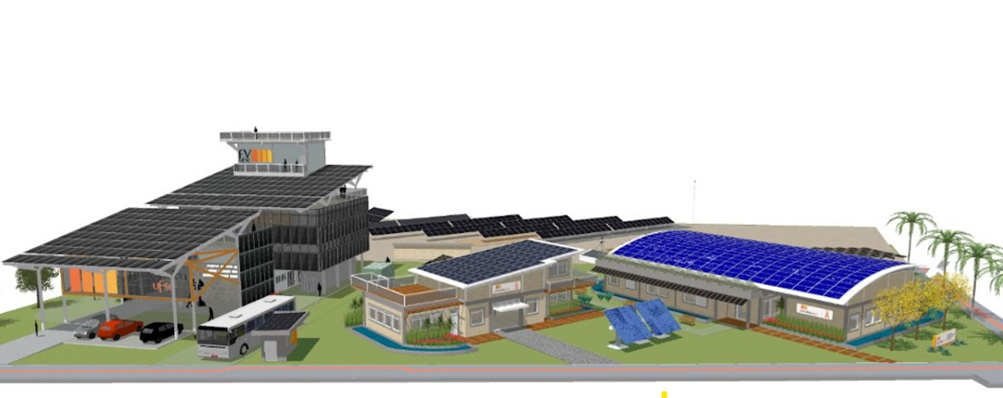
More about the project
According to BYD, in general, the laboratory's architectural design features BIPV photovoltaic integration, where the modules will act as tiles on the roofs and as shading elements on the facades.
In other words, they highlighted that they will have the function of sealing and shading, in addition to generating energy. Furthermore, one of the photovoltaic roofs will be used as a shading element for the building's roof slab, significantly minimizing thermal gains from the roof.
“It was a very challenging project, especially because it was a pioneer in Brazil. From conception to execution, it was gratifying to see the development. The academic area is focused on theory, but we have to bring it into practice and the company allowed this important initiative.”, commented engineer Gustavo Carvalho, project leader at BYD.

According to him, when it is fully ready, the laboratory will offer a series of important results to the environment. It is estimated that there will be 61% of thermal load reduction, 71% of savings in the air conditioning system and 52% of reduction in installed lighting power.
“The objective of this project is to take advantage of BYD’s high technology and use its integrated modules in civil construction. Panels are beginning to gain a large space in buildings and can become a more useful product and solution, contributing to enabling clean energy in segments that are still little explored, such as civil construction”, concludes Rodrigo Garcia, R&D manager at BYD Energy from Brazil.





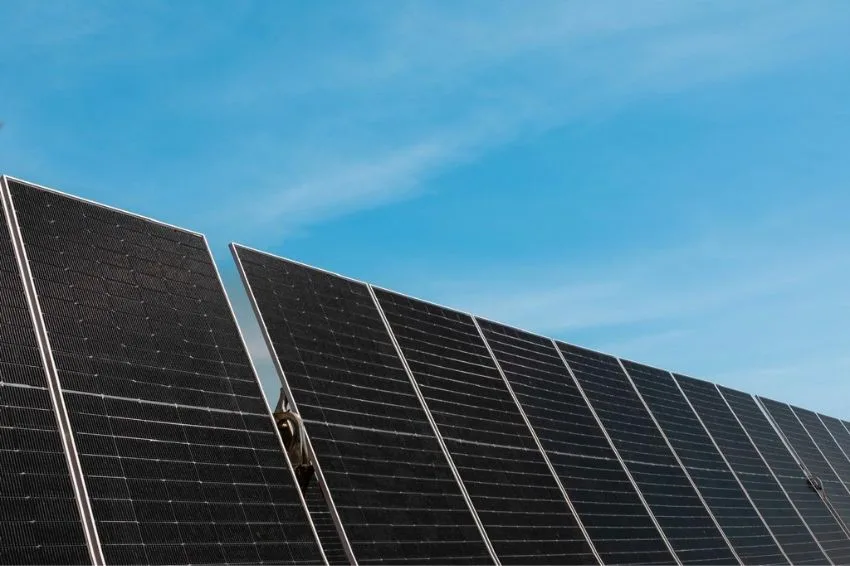

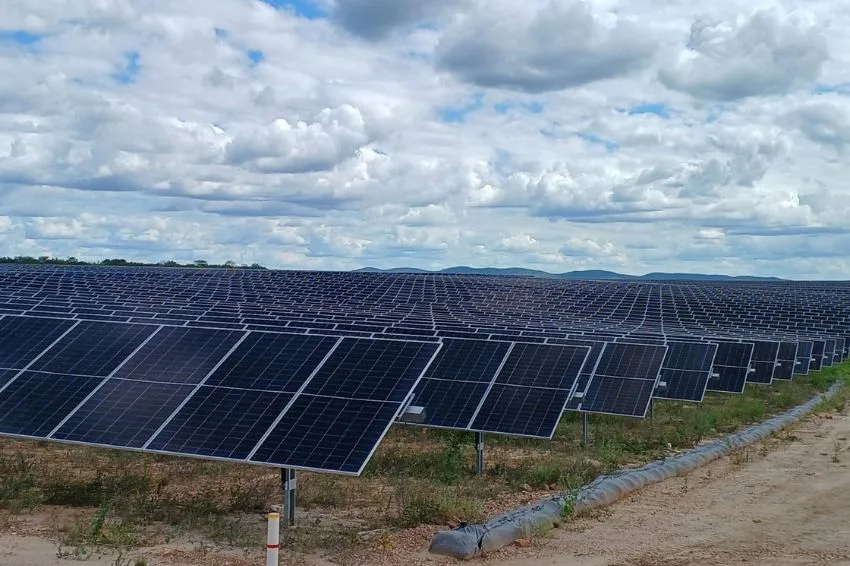
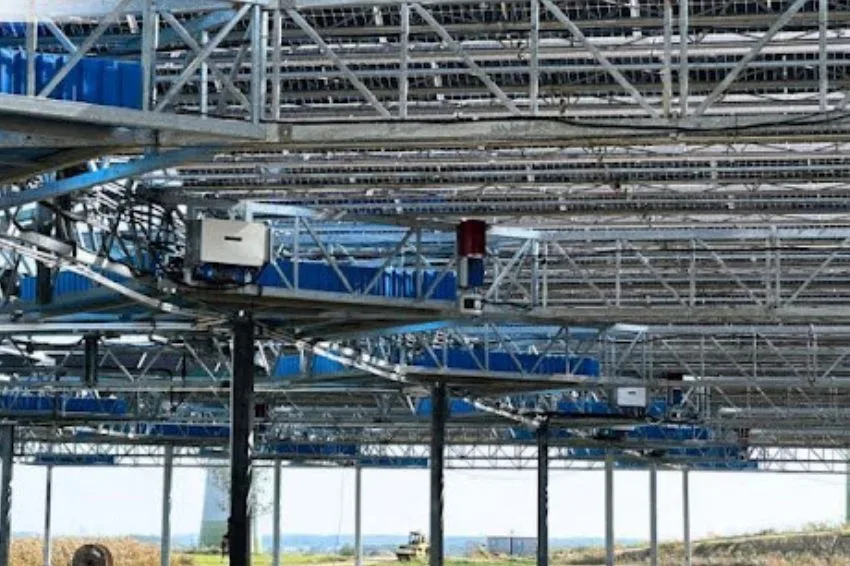
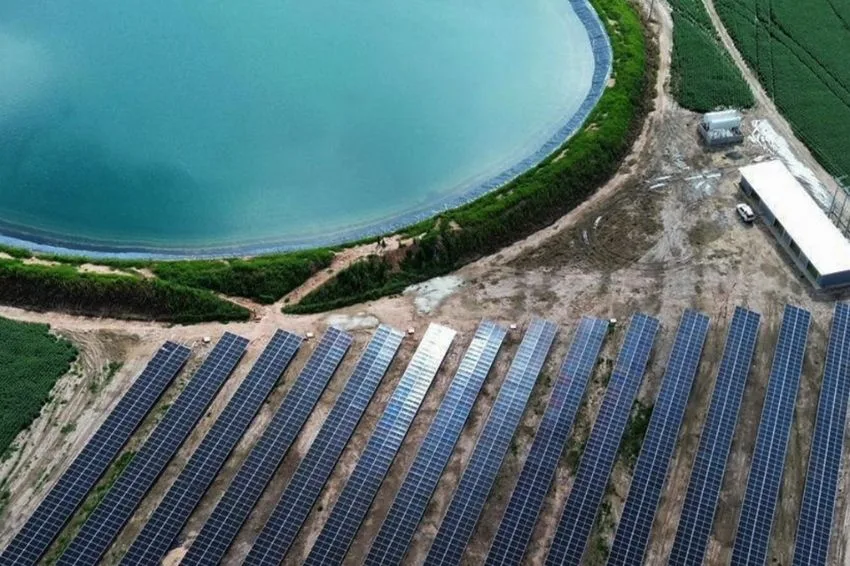







2 Responses
In the photos presented, I don't see conditions for cleaning the plates without having to climb on them. Are modules used to support these efforts or has a method been developed to carry out cleaning?
Good afternoon, Cesar, how are you? NEVER, UNDER ANY CIRCUMSTANCES, should you climb onto the modules, that being said, for a project like this the use of cleaning scaffolds and PV panel cleaners may be the most ideal